Expansion of Retail Optical Chains
The expansion of retail optical chains is significantly impacting the Optical Lens Cutter And Edger Market. As more optical retailers establish a presence in various regions, the demand for efficient lens processing equipment increases. These chains often require high-volume production capabilities to meet customer demands for quick service. Consequently, manufacturers of optical lens cutters and edgers are likely to focus on developing machines that can handle large-scale production while maintaining quality. This trend suggests a robust growth trajectory for the Optical Lens Cutter And Edger Market, with an anticipated increase in sales driven by the retail sector.
Rising Demand for Prescription Eyewear
The increasing prevalence of vision-related issues among the population appears to drive the Optical Lens Cutter And Edger Market. As more individuals require corrective lenses, the demand for efficient lens cutting and edging solutions rises. According to recent statistics, the number of people requiring prescription eyewear is projected to reach over 2.7 billion by 2025. This surge in demand necessitates advanced optical lens cutting and edging technologies to meet consumer needs. Consequently, manufacturers are likely to invest in innovative machinery that enhances precision and efficiency, thereby propelling the growth of the Optical Lens Cutter And Edger Market.
Growing Popularity of Customized Lenses
The trend towards personalized eyewear solutions is influencing the Optical Lens Cutter And Edger Market. Consumers increasingly seek customized lenses that cater to their specific vision needs and aesthetic preferences. This shift towards customization necessitates advanced cutting and edging technologies capable of producing unique lens shapes and sizes. As a result, manufacturers are likely to enhance their production capabilities to accommodate this demand. Market analysis indicates that the customization segment could account for a substantial portion of the Optical Lens Cutter And Edger Market, potentially reaching a valuation of several billion dollars by 2025.
Increased Focus on Eye Health Awareness
The heightened awareness regarding eye health and vision care is contributing to the growth of the Optical Lens Cutter And Edger Market. Educational campaigns and initiatives aimed at promoting regular eye examinations are leading to a rise in the number of individuals seeking corrective lenses. This growing awareness is likely to result in increased sales of optical products, thereby driving demand for advanced lens cutting and edging technologies. As the market evolves, manufacturers may need to adapt their offerings to align with consumer expectations for quality and efficiency, further propelling the Optical Lens Cutter And Edger Market.
Technological Advancements in Lens Processing
Technological innovations in lens processing are transforming the Optical Lens Cutter And Edger Market. The introduction of automated systems and advanced software solutions enhances the precision and speed of lens cutting and edging processes. For instance, the integration of artificial intelligence and machine learning in production lines allows for real-time adjustments and quality control. This not only improves operational efficiency but also reduces waste, which is crucial in a competitive market. As manufacturers adopt these technologies, the Optical Lens Cutter And Edger Market is expected to experience significant growth, with an estimated increase in market value projected to exceed 10% annually over the next few years.


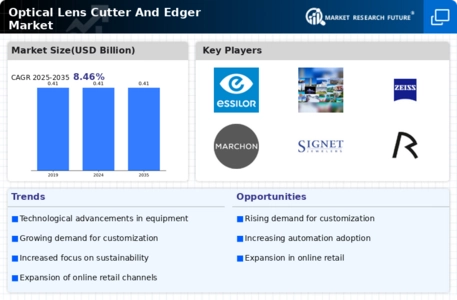
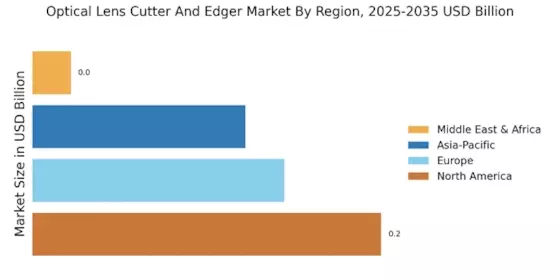
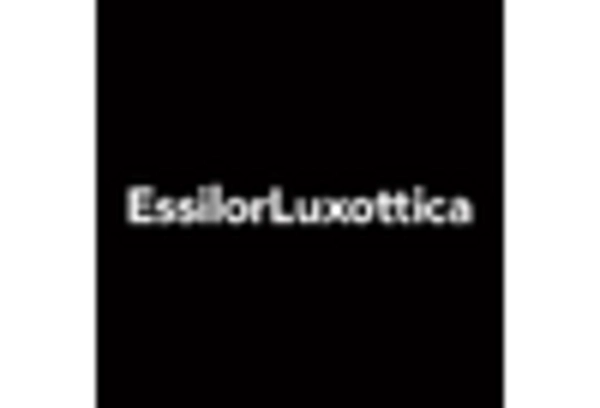
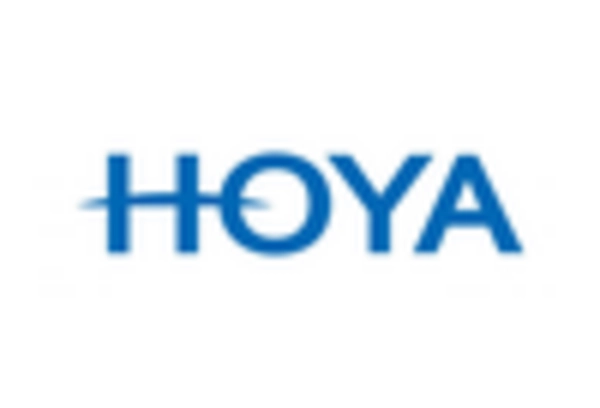

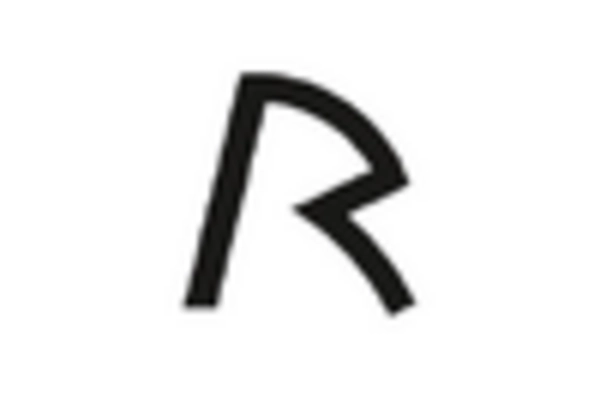
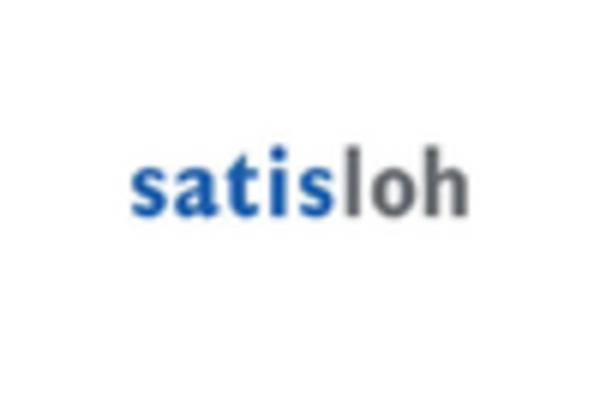
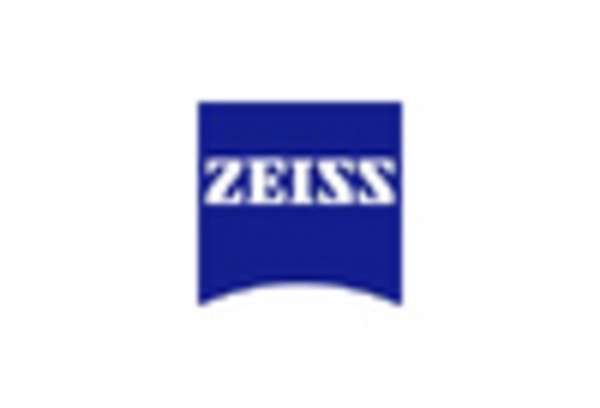








Leave a Comment